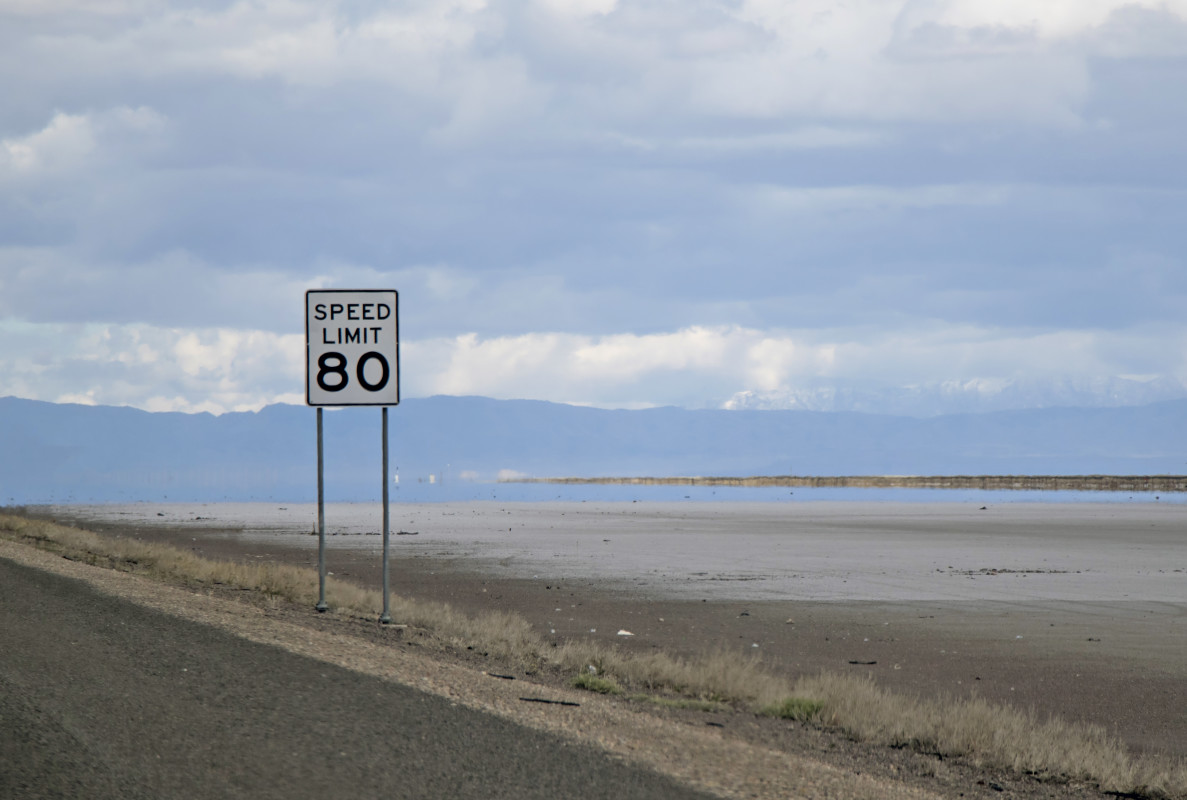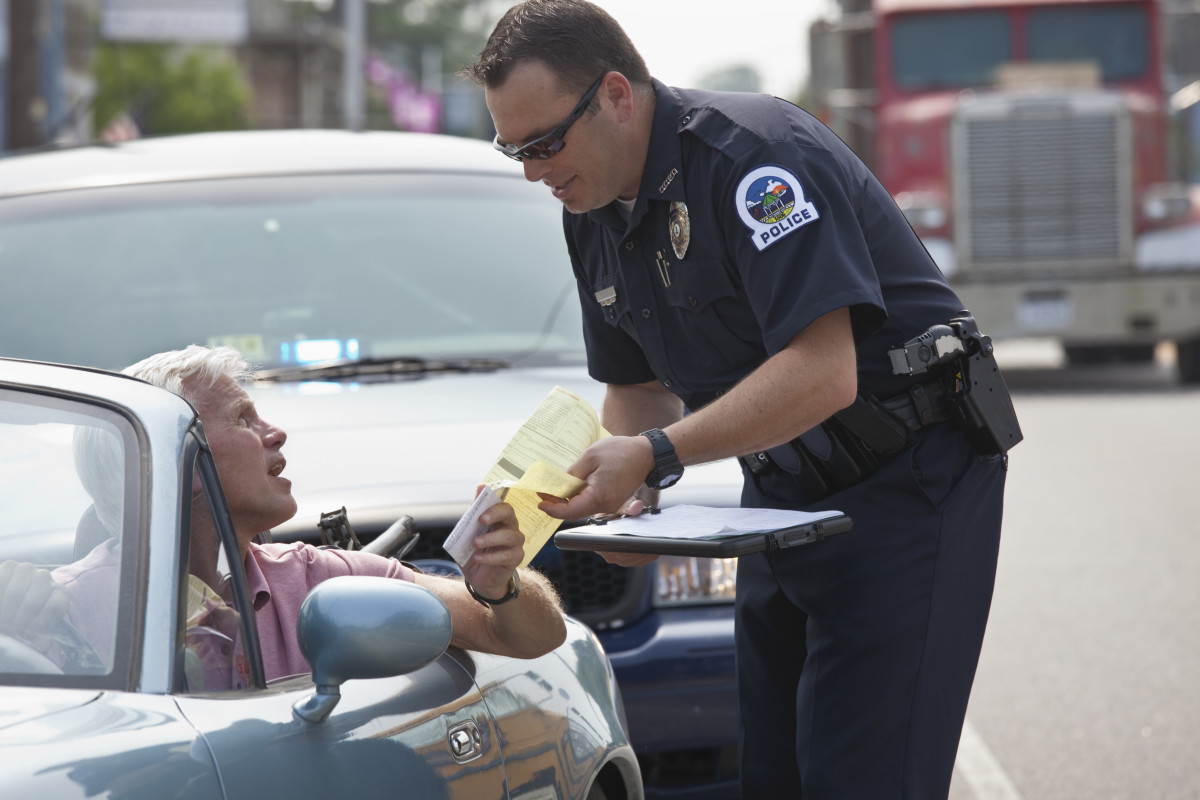Speeders, beware
Speeding is one of the most commonly ticketed traffic infractions in the United States, as the dangers of this act on our public highways shouldn’t be underestimated. According to the latest publicly available data from the National Highway Traffic Safety Administration, speeding contributed to 29% of traffic fatalities in 2023, a year in which 11,775 people fell victim to a speeding-related death.
Although driving at the speed limit can be likened to a foreign concept or a crazy idea for some drivers out on the road, one state recently gave some relief for those with a lead-lined foot on the accelerator. However, it will also lay down the law and fines on those who abuse the new privileges they have been awarded.

Getty Images
On Monday, May 5, North Dakota Governor Kelly Armstrong signed a bill into law that would effectively raise the maximum speed limits on interstate highways from 75 to 80 miles per hour beginning on August 1. According to a report by the North Dakota Monitor, House Bill 1298 took two tries to pass in North Dakota’s state House of Representatives last Thursday, before it passed in the state Senate on Friday morning.
The bill was met with skepticism by some lawmakers, who argued that North Dakota could see a rise in serious crashes. However, earlier the same week, North Dakota state Rep. Dan Ruby, the chair of the state’s House Transportation Committee, noted that the state’s Department of Transportation and law enforcement members in the state did not oppose the bill and that neighboring states Montana and South Dakota have maximum speed limits of 80 mph on their interstates.
South Dakota, in particular, saw no noticeable jump in crashes or fatalities since it raised its speed limits on most limited-access highways in 2015. “People are driving this speed now. I don’t think they’re going to jump up to a higher speed,” Ruby said. “We’re going to be matching the states around us.”
Higher limits, higher fines

Getty Images
Though the speed limit is increasing, the bill also states that the fines for speeding infractions will rise accordingly. On highways with speed limits of 65 mph or higher, speeding fines will be raised to $20 or $5 for every mile per hour over the limit, whichever is greater. The same goes for offenders travelling on roads with lower speed limits, but the every-mile provision of the fines table is adjusted to just $3 for every mile per hour over, whichever is greater. In both these road categories, drivers going more than 16 mph over the limit will have $20 added onto their fine.
In addition, speeding in areas like school zones and construction zones will also cost more. The fine for speeding in a construction zone with workers present will jump from $80 to $150. The passed law also included plans to install variable speed limit signs, which allow the authorities to change speed limits on the fly, based on driving conditions like traffic, weather, or road construction.
In a statement, North Dakota’s Governor Armstrong sees the increased speed limit to that of its neighbors and the new set of fines as a balanced compromise for the state’s motorists. “This bill strikes a reasonable balance by aligning North Dakota’s interstate speed limit with two of our three neighboring states and increasing fines as a deterrent to speeding,” Armstrong said in a statement.
Final thoughts
Come August 1, North Dakota will become the ninth U.S. state to have a speed limit of at least 80 mph, following its neighbor South Dakota, as well as Idaho, Montana, Nevada, Utah, Oklahoma, and Wyoming. I find it appropriate, given that most of these states are vast, traffic-sparse states where city-to-city travel means driving long distances.
But as car technology advances toward tech that further separates control of the car from the driver, I wonder what the future holds for legislation affecting motorists like this. I hope those traveling 80 miles per hour actively know that they’re doing 80 miles per hour.